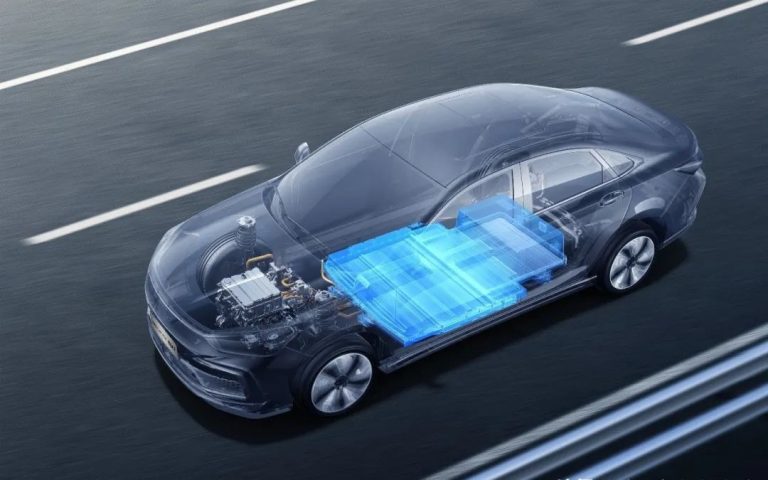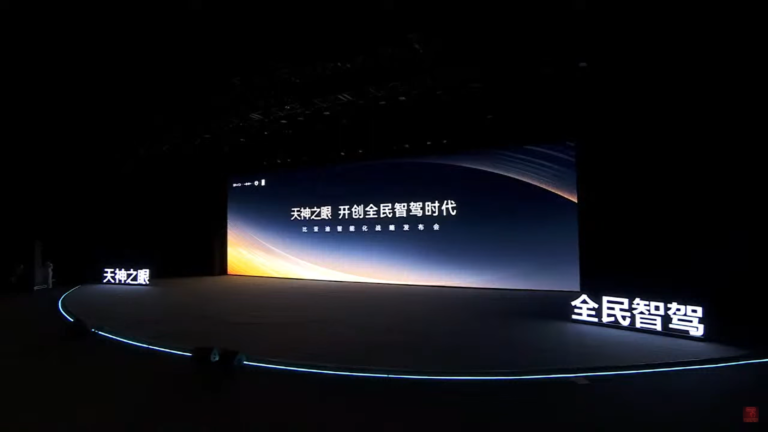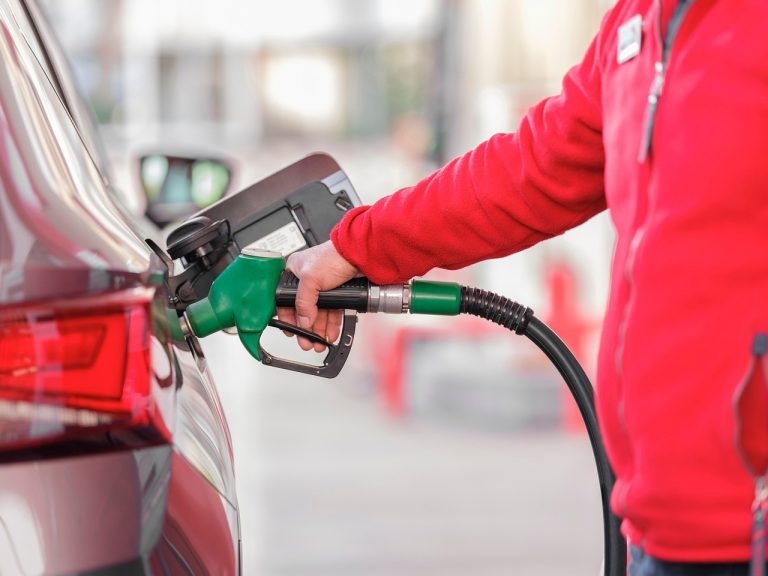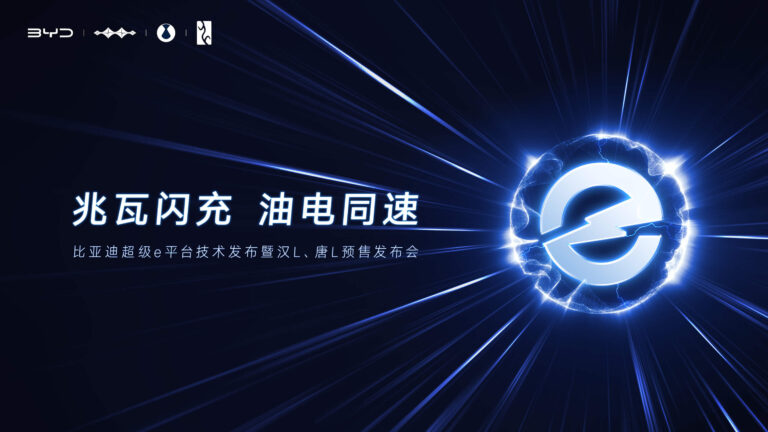How to Extend the Battery Life of Your Electric Vehicle
Is battery life important? At the Guangzhou Baiyun Airport charging station, a BYD Han EV with 230,000 km on the odometer caught everyone’s attention. While changing tires, a mechanic stared at the battery health displayed on the central screen and could barely speak—after three years, the battery capacity remained at 94.8%, even better than most private cars. The driver laughed: “The battery isn’t a sacred object; you need to know how to manage it.”
Here are 4 facts you need to know about battery life.
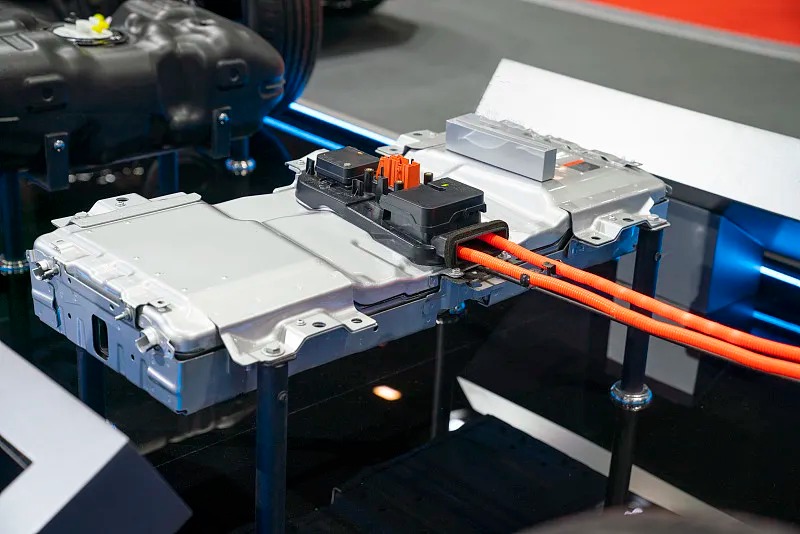
1. Full Charge Obsession Harms the Battery
Many EV owners habitually charge to 100%, thinking it gets the most out of their electricity. However, keeping the battery fully charged constantly puts it under high voltage stress. Experiments show that batteries maintained at 100% charge degrade 15% more after two years than those kept at 80%.
Lithium batteries fear both “starvation” and “overfilling.” Research from Tsinghua University indicates that cycling a battery within 40%-60% charge can triple its lifespan. For daily use, keep the battery between 45%-75%. Perform a deep calibration once a month, and before long trips, use the “Travel Mode” to charge up to 97%. This is the proper way to maintain battery health.
2. Running the Battery to Empty Is a Slow Killer
Many people think letting the battery drain completely saves energy—but this is a big mistake. When the charge drops below the 20% warning line, the battery’s chemical balance is disrupted, causing irreversible damage. A fully drained battery can permanently lose 5%-10% of its capacity after recharging.
Industry tests show that vehicles cycling between 30%-90% retain ≤10% degradation after five years. By contrast, cars frequently drained to empty may experience ≥25% degradation.
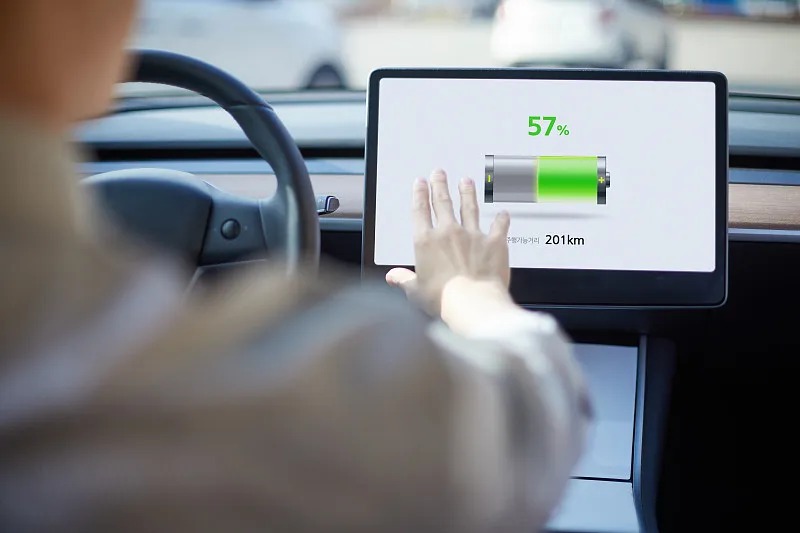
3. Fast Charging Is Convenient but Costly
A Shanghai ultra-fast charging station experiment revealed that three consecutive 120kW fast charges raised battery temperature by 18°C compared to slow charging. This accelerates SEI film growth by 4 times. Vehicles using fast charging frequently can reach 22% capacity loss in three years, while mostly slow-charged vehicles show only 12% loss.
To protect your battery: after fast charging, let the vehicle rest for 20 minutes before driving. Perform one full slow-charge cycle per week using a 7kW charger. In winter, always activate the battery preheating function before fast charging. This can reduce lithium plating risk by 30%.
4. Extreme Temperatures Are Hidden Killers
A Shenzhen EV owner tested their car in 38°C heat. After six hours of direct sunlight, a vehicle without protection had a battery temperature 11°C higher than a car using a smart thermal cover. Even using the battery temperature control system at night can reduce annual degradation by 0.8%.
Cold weather is equally dangerous. At 0°C, lithium-ion mobility is only 60% of that at 25°C. Charging under low temperatures may cause lithium dendrite growth. EV owners in cold regions should use the scheduled charging function and preheat the battery 30 minutes in advance, which increases charging efficiency by 20%.
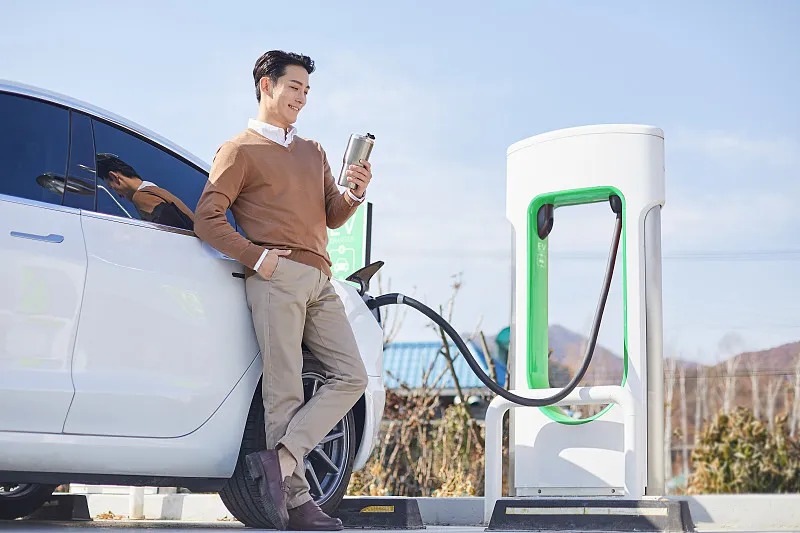
Conclusion: Smart Habits Protect Your EV Battery
Proper management is the key to extending battery life. Avoid keeping the battery fully charged or completely empty. Limit fast charging and protect the battery from extreme temperatures. By maintaining moderate charge levels, using slow charging cycles, and preheating or cooling the battery when needed, you can significantly reduce capacity loss over time. In short, understanding and adhering to the battery's limits can effectively extend battery life and ensure that electric vehicles run healthier and longer.
If you have a need to buy a used car, or if you run a car business, we’re here to help. As a leading exporter with over 20 years of experience, DDong Used Cars offers a wide range of vehicle brands (100+), efficient logistics, and after-sales support.
Contact us today to learn more. Simply let us know what you’re looking for, and we’ll provide you with an unmatched sourcing experience. Explore our news section for more automotive insights and tips for running a successful dealership.

